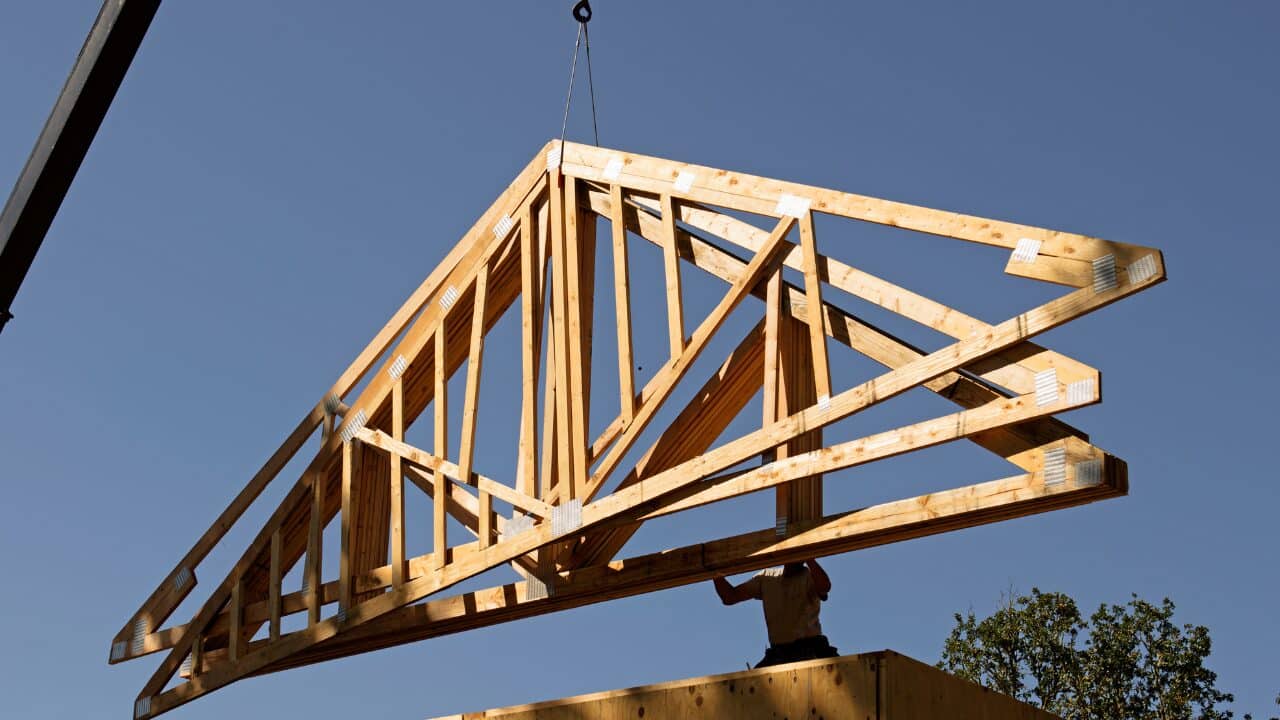Sustainability has long since reached industrial construction. Environmental compatibility, energy efficiency and other environmentally friendly practices are becoming increasingly necessary, especially in the realisation of large-scale projects.
Those who even want their buildings to be subsidised by funding programmes must increasingly rely on sustainable concepts. This article shows what is currently trending in industrial construction and how green technology is being used here.
Table of Contents
Sustainable construction from the foundations to the roof
The use of environmentally friendly materials such as recycled steel or concrete forms the basis for sustainable construction. Green construction techniques that maximize energy efficiency and resource conservation are also used.
Concrete with a high proportion of recycled content is used for the foundations and/or the turnaround, for example. By using geothermal heat sources for heating and cooling systems in the building, an improved energy balance can be realized in the future.
The roof as a huge piece of the puzzle for maximum energy efficiency
In addition to the use of sustainable or recycled building materials, the architecture is also important for green project realization. A smartly planned industrial canopy is indispensable.
For example, it has sufficient surface area and load-bearing capacity to support solar panels and thus contribute to energy generation. Thanks to the use of innovative materials, it has high reflection values to reduce cooling costs in the long term.
Walls and insulation as a sustainable whole
A smartly planned roof and solid wall and ceiling constructions are the cornerstones of sustainable construction. Well-insulated walls and windows are essential.
To minimize heat loss, experts recommend insulated sandwich panels and double or triple glazing for the windows.
Challenges when implementing sustainable technologies
If you want to build sustainably, you first need to familiarize yourself with the legal requirements. There are regional and country-specific differences. In addition, there are requirements and certificates for the sustainable materials, service providers used, etc. to categorize the entire project as sustainable and possibly eligible for funding.
Many regions and countries now offer monetary support when companies commit to the concept of sustainability and contribute to it through environmentally friendly buildings.
However, these requirements are often tied to various conditions and proof. For example, those who start without having obtained funding authorization run the risk of not receiving it at a later date due to bureaucratic hurdles and errors.
This additional organizational effort is one of the main challenges, especially when things have to be done quickly. Many companies do not have time to wait months or sometimes even years for their funding approval or for sustainable construction projects to be authorized.
Still higher investment costs for sustainable buildings
Compared to conventional construction methods, ‘green’ projects are still associated with high initial investments. Sustainable materials and technologies are particularly expensive. The lack of experience in some areas also sometimes puts project implementers to the test of patience.
For example, there is still a lack of long-term experience when it comes to the use and refurbishment of solar panels.
Although they have been in use for years, long-term forecasts and calculations for a product life cycle are hardly possible with reliable information. However, it is precisely such realistic figures that companies need if they want to look to the future responsibly and plan their investments with a view to long-term amortization.





